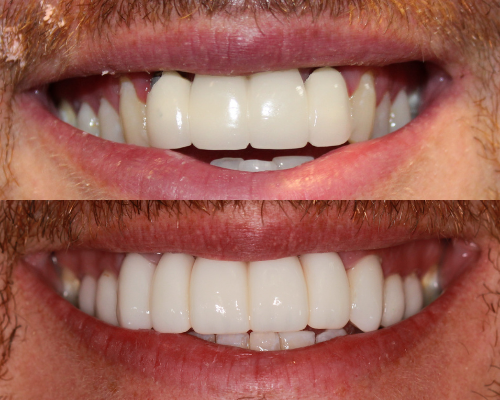What You Need to Know Before Dental Implants

You may be undecided on whether you should get dental implants or not because of some unanswered questions lingering in your mind. In this article, you’ll find the answers you’ll need to know before getting dental implants in Parker, CO. If you have additional questions or would like to schedule a dental implant consultation, contact Green Dental Care.
Can the Entire Dental Implant Procedure Be Completed at the Office?
Some people worry that they will be shuffled from one dental practice to another in order to have different aspects of the dental implant procedure completed. If you decide to have your dental implants placed at Green Dental Care by Dr. Chris Green, you will not have to go anywhere else during your treatment. We complete every step of the process at the office until you get your final restorations for the smile you have always dreamt about.
How Long Does the Surgery Take?
As you may already know, dental implants are titanium screws placed in the jawbone to act as artificial roots for restoration teeth. As any dentist in Parker, CO will tell you, dentistry has advanced so much that the surgery to place dental implants no longer takes a long time. Dr. Chris Green relies on 3D technology to develop a detailed plan of how the surgery will go, and this information helps him to place the implants in about 30 minutes. People who need more than one implant should expect the surgery to last longer.
Is the Dental Implant Procedure Painful?
The advancements in the field of dentistry also mean that you don’t have to worry about discomfort or pain during dental procedures, including implant surgery. The Parker, CO dentist will use either a local anesthetic or IV sedation to remove any discomfort or pain that you may feel during the procedure. So, you can be sure that the entire procedure will be painless.
How Soon Can I Return to Work?
Since the implant placement procedure requires the use of an anesthetic, Dr. Chris Green recommends that you take the rest of the day off after your surgery so that the sedative can wear off. Most patients typically return to work the next day, unless the dentist in Parker, CO recommends otherwise based on the specific circumstances pertaining to a patient.
Does Insurance Cover Dental Implants?
While insurance policies vary, most of them cover at least a portion of dental implant treatment. Talk to a Parker, CO dentist at Green Dental Care if you are concerned about the cost of implants. A way will be found for you to get your smile back.
When Can I Receive My New Teeth?
Dr. Chris Green explains that the time needed before you get your restoration teeth varies from one patient to another depending on how quickly one can heal after the surgery. It is best to visit Green Dental Care in Parker, CO so that you can learn what the treatment duration will be for you.
Can I Have Metal-Free Implants?
Nearly all materials used to make restoration teeth have some metal in them in order to increase the strength and durability of those restorations. If you are concerned about the likely effects of having metals in your mouth, worry no more. Dental implants are typically made from titanium, a metal which has a long track record of being biocompatible (the body easily accepts and integrates it). Additionally, the metal is so chemically stable that it can last for your entire lifetime without undergoing any change. Dentists in Parker, CO assert that to date, no material has been found to perform to the same exceptional level as titanium.
Are Implants Removable?
Dental implants aren’t removable like removable dentures. As already mentioned, the implant is surgically placed in your jaw and osseointegration (bonding between the jaw and the implant) takes place to give a very strong anchor for the restoration teeth you receive. The upper portion of the restoration called the crown can be removed or changed, but the implant remains.
How Many Teeth Can I Replace With Dental Implants?
It is possible to replace one or more teeth with implants. For example, if you are missing one tooth, then it can be replaced using one implant. However, as few as four implants may suffice to replace an entire set of teeth in either your lower or upper jaw. Dr. Chris Green will examine you during the initial consultation and recommend the number of implants that you need to replace your missing teeth cost-effectively.
Still Have Questions?
Come to Green Dental Care in Parker, CO and get answers to all your concerns about dental implants. Dr. Chris Green will examine you and discuss a written treatment plan with you so that you make an informed decision regarding how soon implants can play a part in restoring your beautiful smile.















